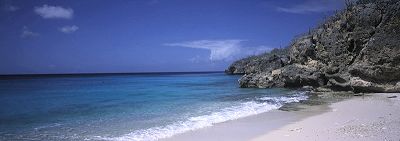Click here for www.PriceLine.com

|
If it's unspoiled beaches, wonderful waters, and a wide range of hotel
accommodations then this your destination. The Turks & Caicos Islands are
made up of eight islands, 40 cays and more than 200 miles of secluded
beaches. Here there is something for everyone, whether it's finding a new
great dive site or relaxing on a 12-mile beach, Turks & Caicos make it easy
to relax and enjoy everything. The best thing about these islands is that
they are only 80 miles by air from Miami.
GRAND TURK
PROVIDENCIALES
SALT CAY The islands were part of the UK's Jamaican colony until 1962, when they assumed the status of a separate crown colony upon Jamaica's independence. The governor of The Bahamas oversaw affairs from 1965 to 1973. With Bahamian independence, the islands received a separate governor in 1973. Although independence was agreed upon for 1982, the policy was reversed and the islands remain a British overseas territory. The Turks and Caicos economy is based on tourism, fishing, and offshore financial services. Most capital goods and food for domestic consumption are imported. The US is the leading source of tourists, accounting for more than half of the 93,000 visitors in the late 1990s. Major sources of government revenue include fees from offshore financial activities and customs receipts. Tourism fell by 6% in 2002. |